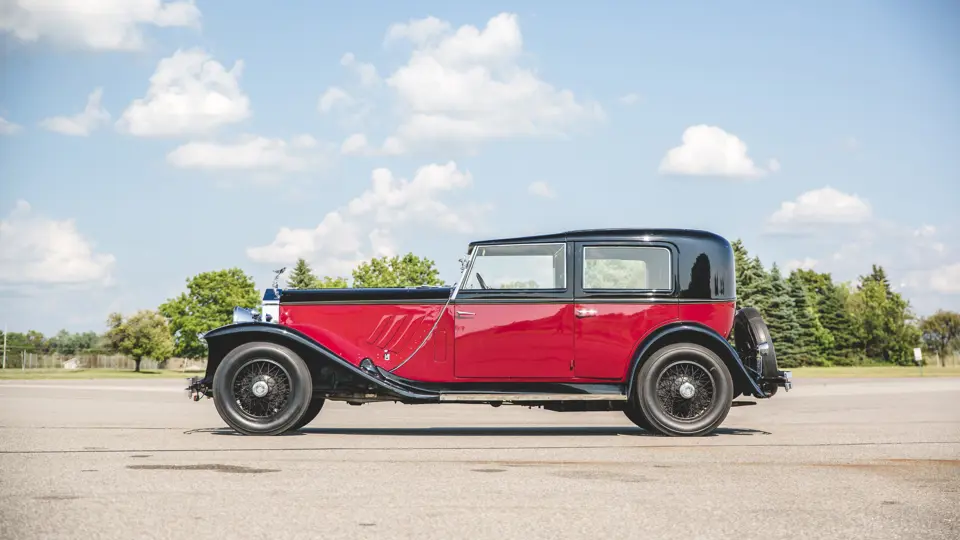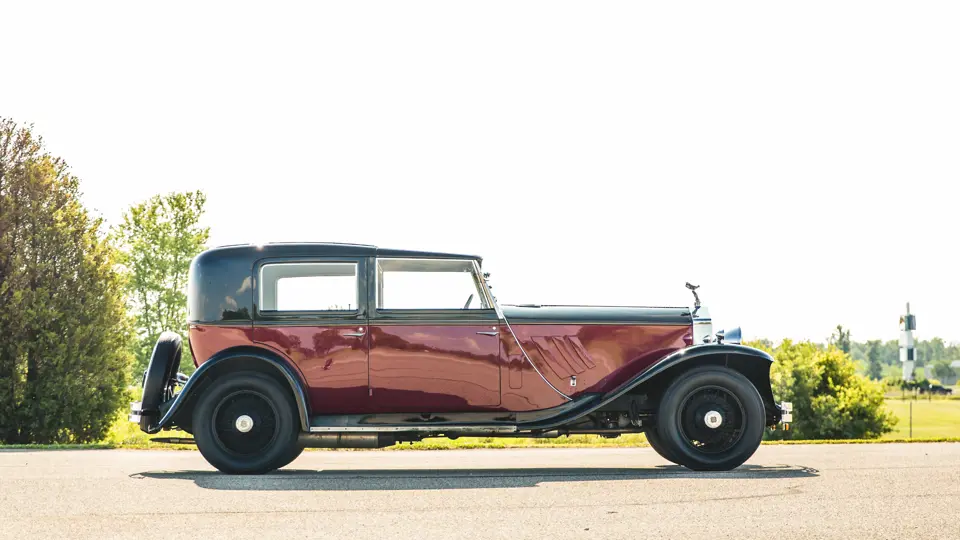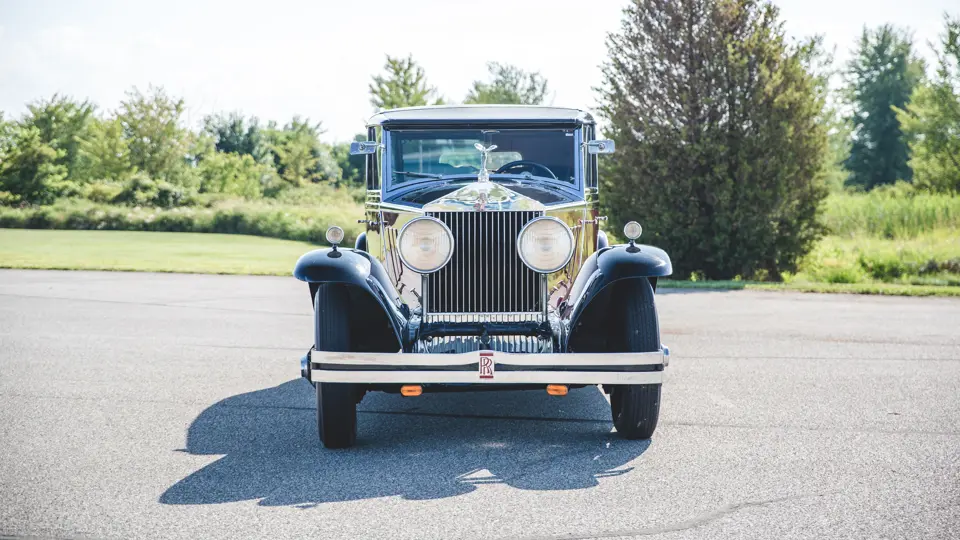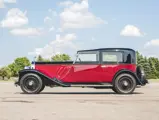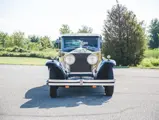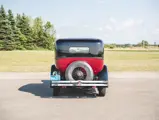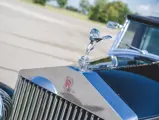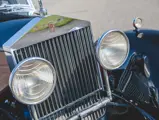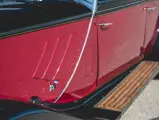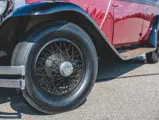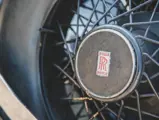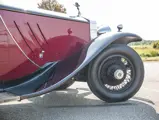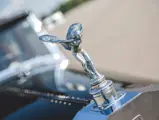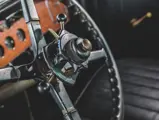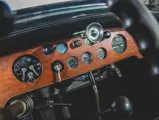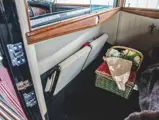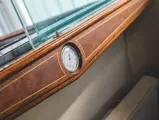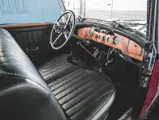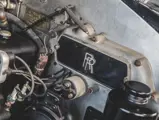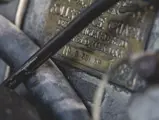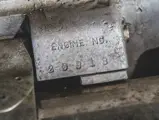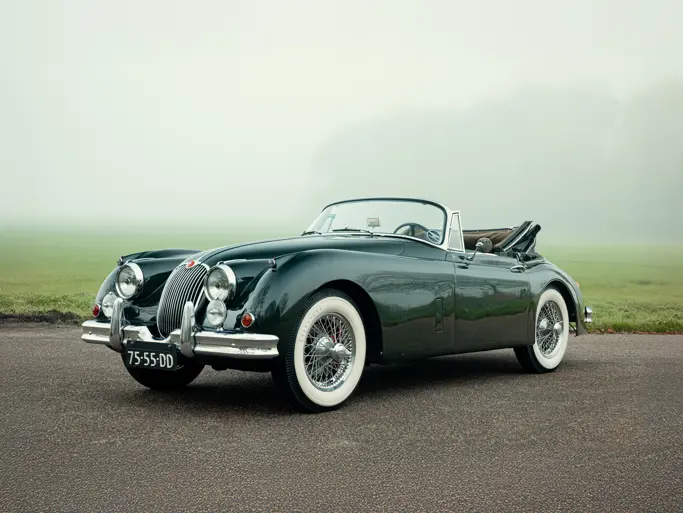Replacing its elegant but aging Silver Ghost chassis was no easy task for Rolls-Royce, but the New Phantom, which debuted in 1925, was a more-than-worthy successor. Taking Rolls-Royce into the modern “Roaring Twenties” era of motoring, the Phantom rode on an improved version of the Silver Ghost’s basic chassis and reflected the marque’s characteristic design philosophy of careful evolution rather than revolution.
Nonetheless, the revisions were sufficient to warrant a new model name. Initially known as the New Phantom but later retrospectively referred to as the Phantom I, the new model featured a new inline six-cylinder engine based on an aluminum crankcase with the cylinders cast in three pairs. A one-piece detachable cylinder head featured a thoroughly modern pushrod-actuated overhead-valve arrangement.
Production commenced at Derby, England, in 1925 and in 1926 at Rolls-Royce’s Springfield, Massachusetts, production facility, where the Phantom I was built with left-hand drive for the North American market. Two wheelbase lengths, 143.5 and 146.5 inches, were offered for the Springfield cars, providing the ability to accommodate a multitude of custom-built bodies from the American coachbuilding industry. Prior to the October 1929 stock-market crash, Springfield production was as high as 12 Phantom I chassis per week. Phantom I construction continued through 1932 at Springfield, while the model had already been supplanted by the Phantom II at Derby in 1929. In all, about 1,240 Phantom Is were built at Springfield.
This elegant example, Springfield-built Phantom I chassis number S391KP, was delivered to a C.E. Chase of West Hartford, Connecticut, on 29 May 1929 carrying a Lonsdale body. Prior to the 1934 transfer of the car to a Mrs. William C. Kaesche, the car was rebodied with the current New Newport Town Car coachwork, bearing body number 7434. In 1936, the car was acquired by J.B. Forrestal and subsequently purchased by P.W. Houston. At some point in the 1940s, the Rolls-Royce was purchased by David Glenn Collins, who served at the American Consulate in Bilbao, Spain. Its subsequent history isn’t fully known, but the car has been part of a well-respected American collection for the last number of years.
Today the car presents in wonderful condition in a resplendent deep red over black fenders. The car rides on painted wire wheels wrapped in blackwall tires; a covered spare is mounted at the back. The driver’s space is completed in black leather and features a wood dashboard housing Warner Precision instrumentation and a Seth Thomas clock. The car is equipped with dual wipers and a fold-out windshield. Aftermarket turn signals have been installed for added safety. Passengers are separated by a sliding divider window. Their space is elegantly finished in cloth upholstery with luxurious deep-pile carpeting accented by beautiful wood inlay. A clock is prominently housed just below the divider window. Additional rear passenger occupancy is made available by a pair of folding jump seats.
Springfield-built Phantoms are among the most desirable Full Classics for enjoyment on the open road. This is a wonderful example with iconic Brewster coachwork and is sure to attract significant interest wherever the road may take you.

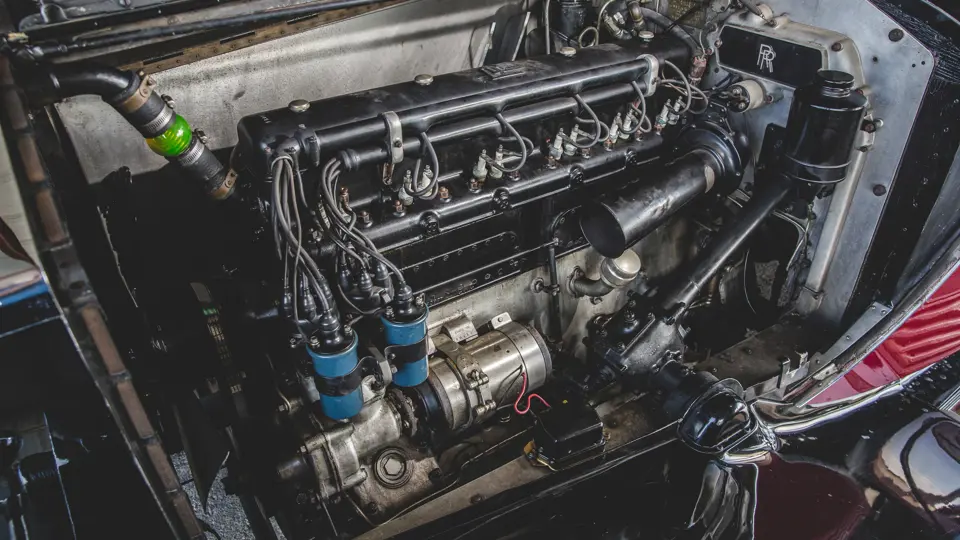




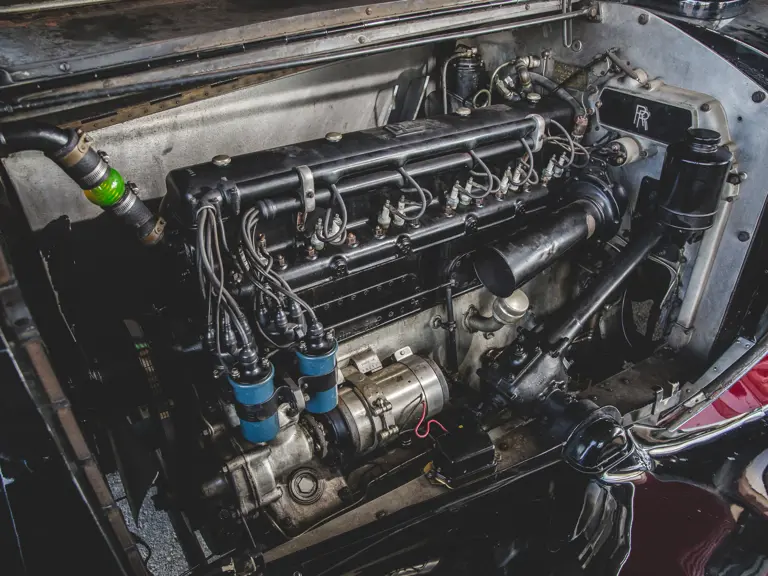
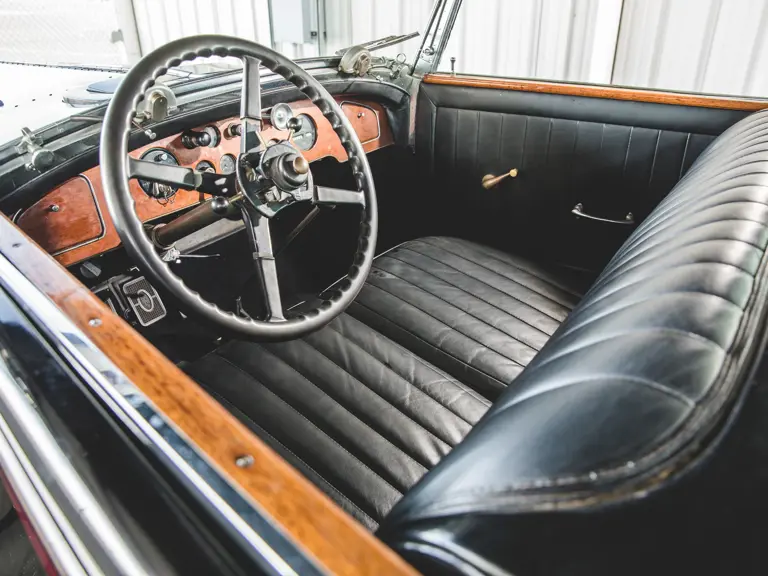
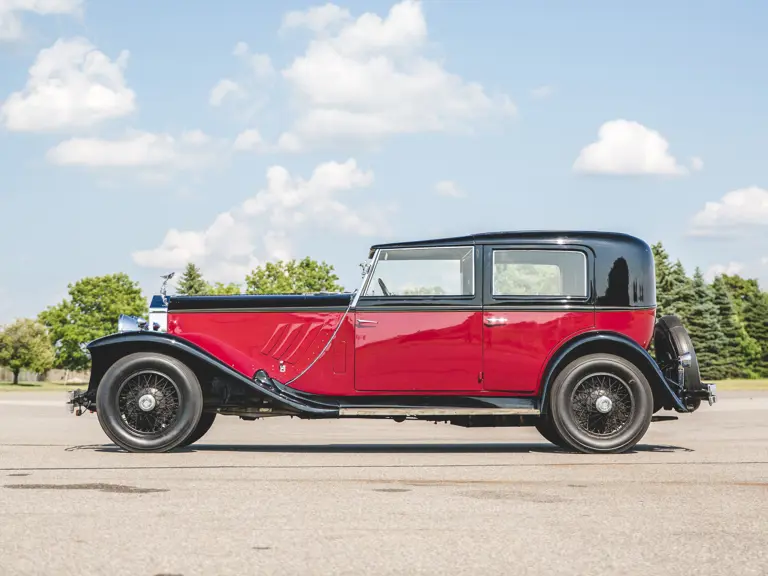
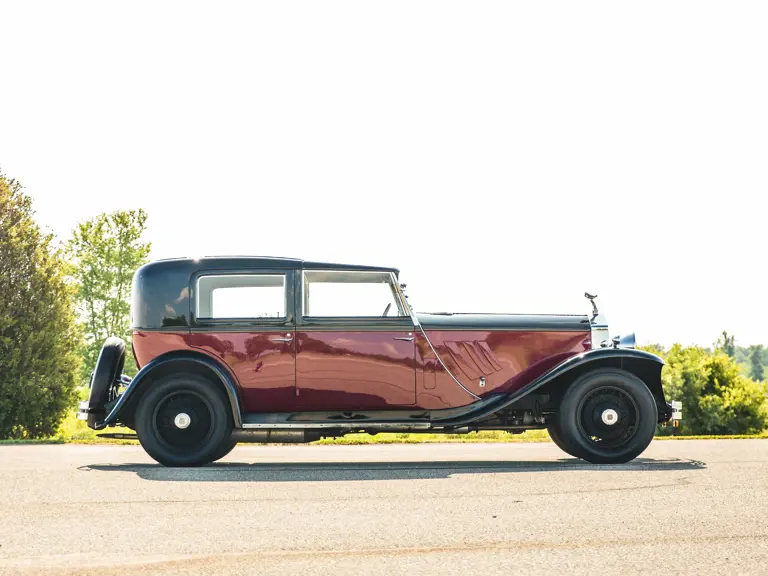

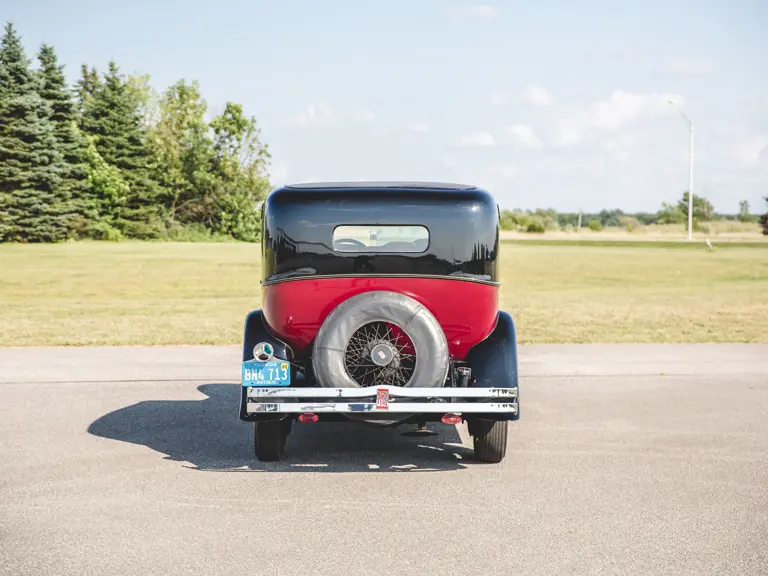

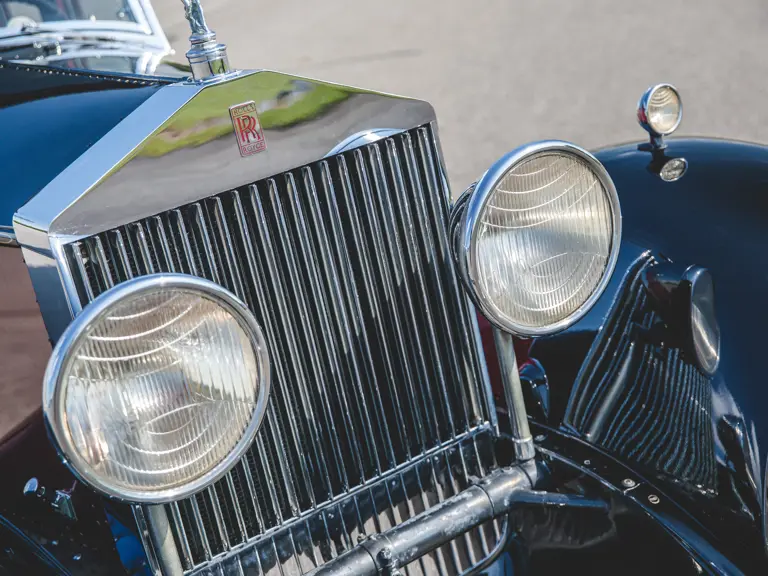

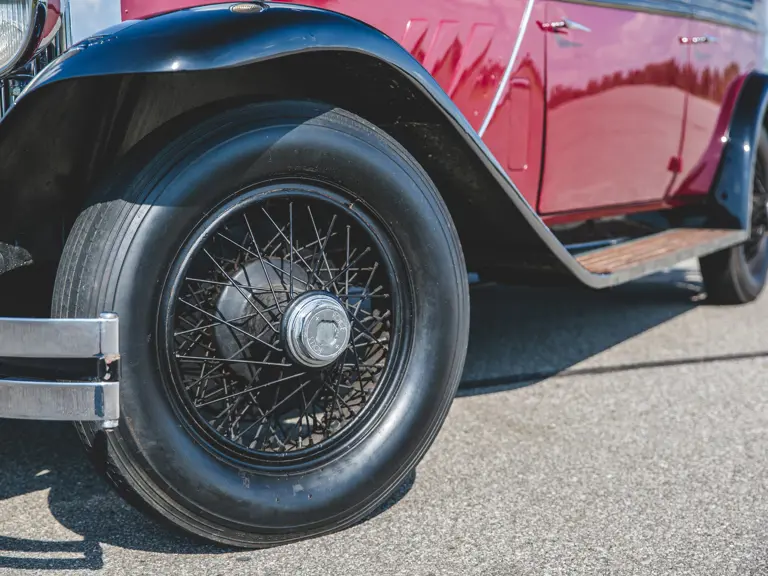


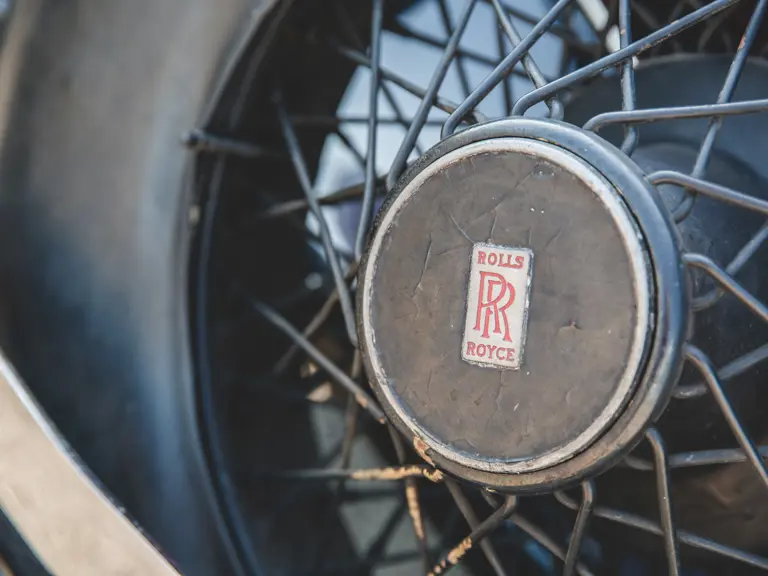

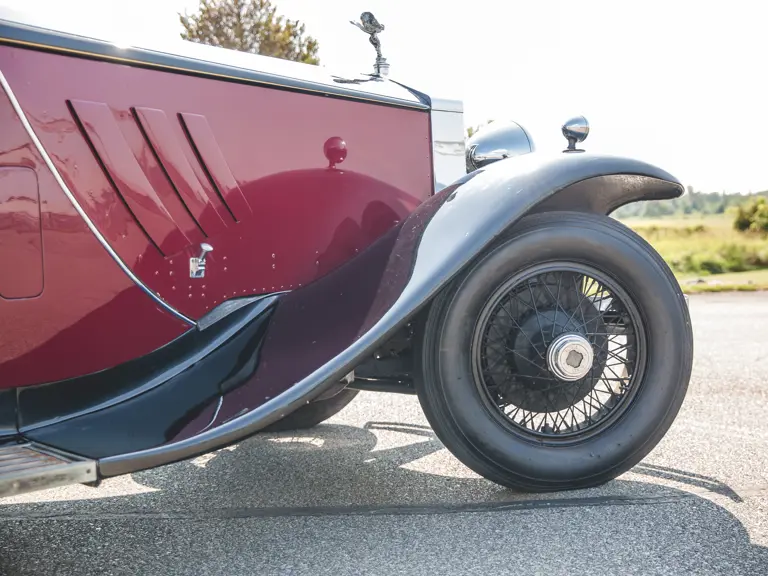
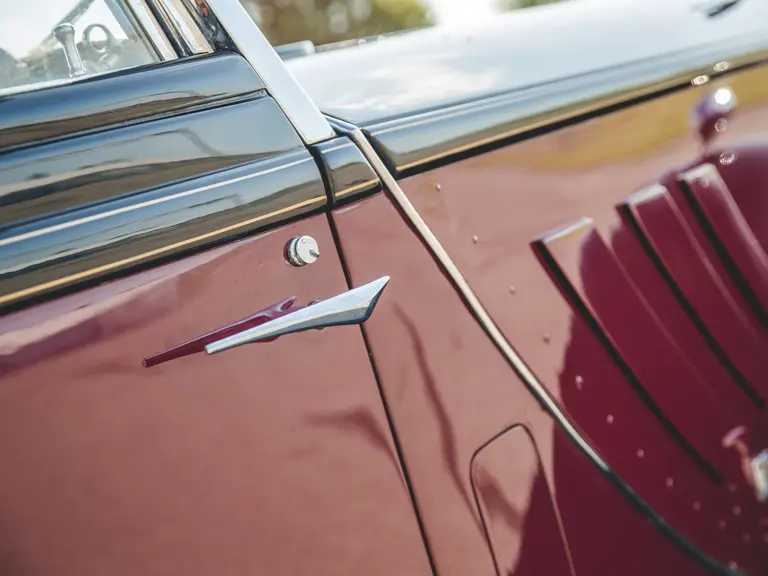
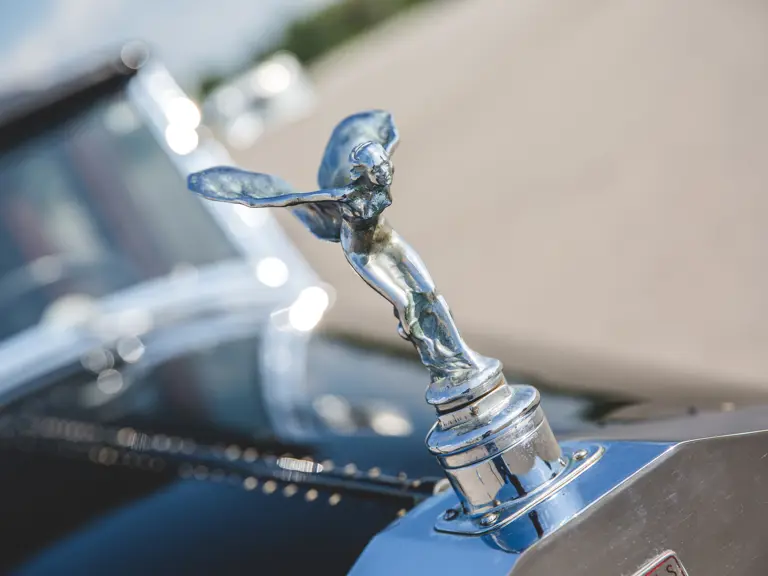
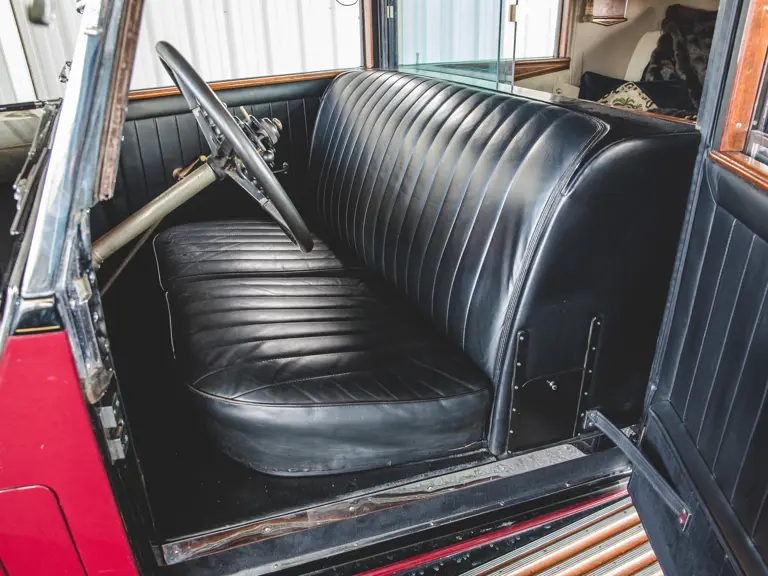
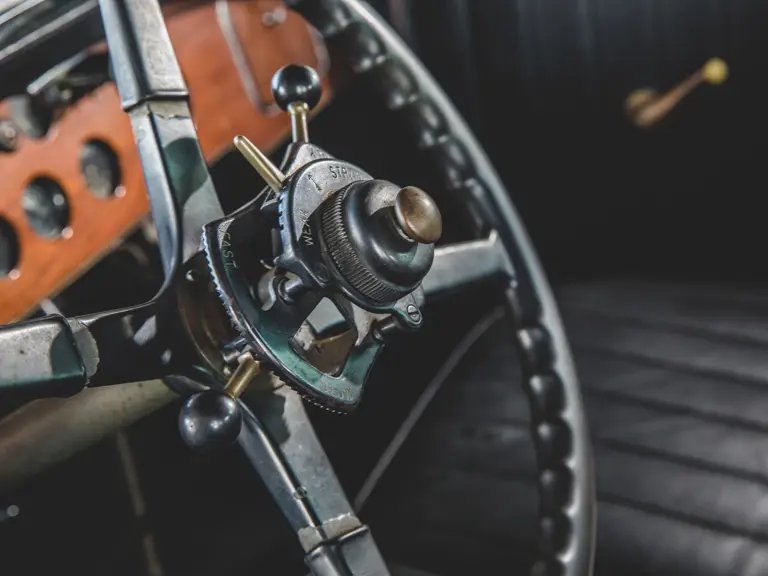
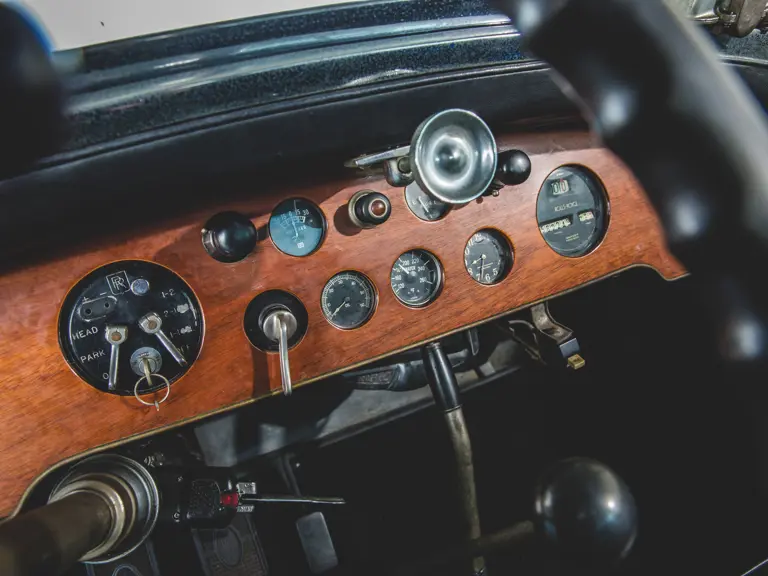
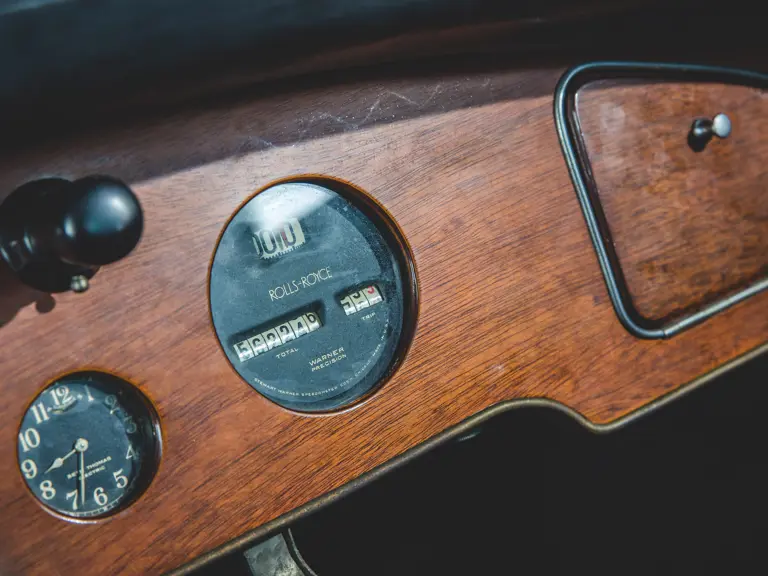
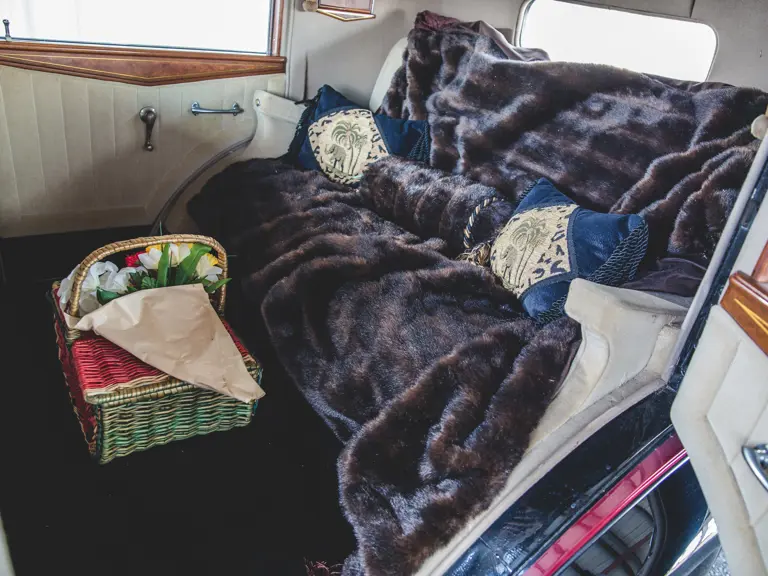
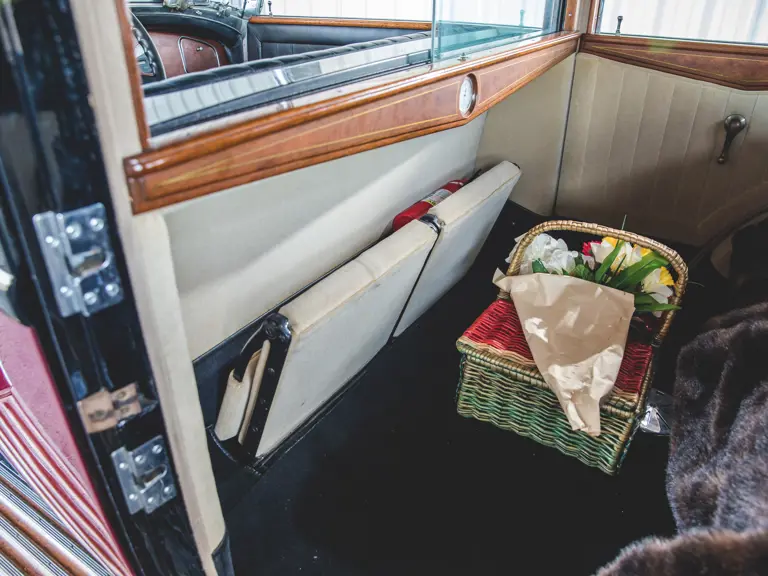

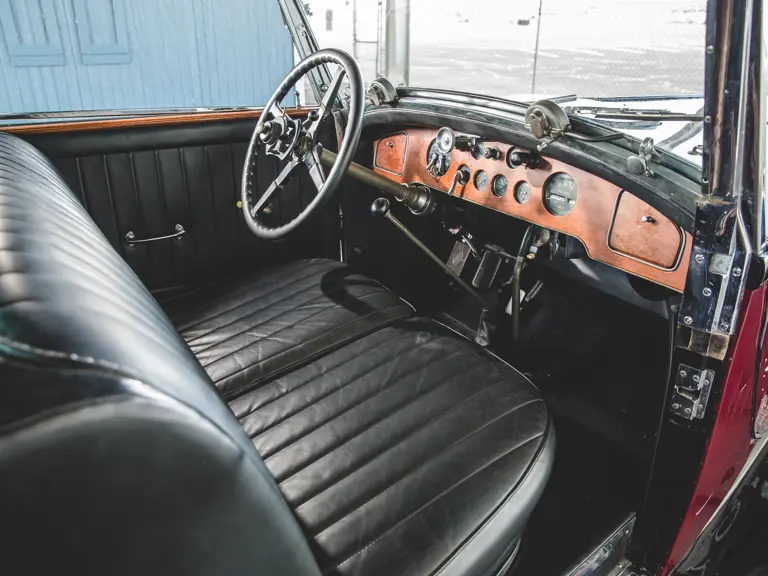
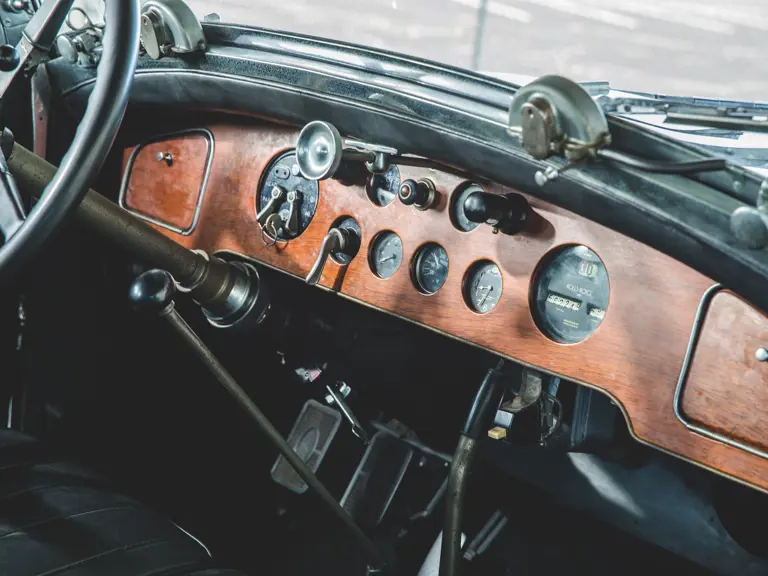
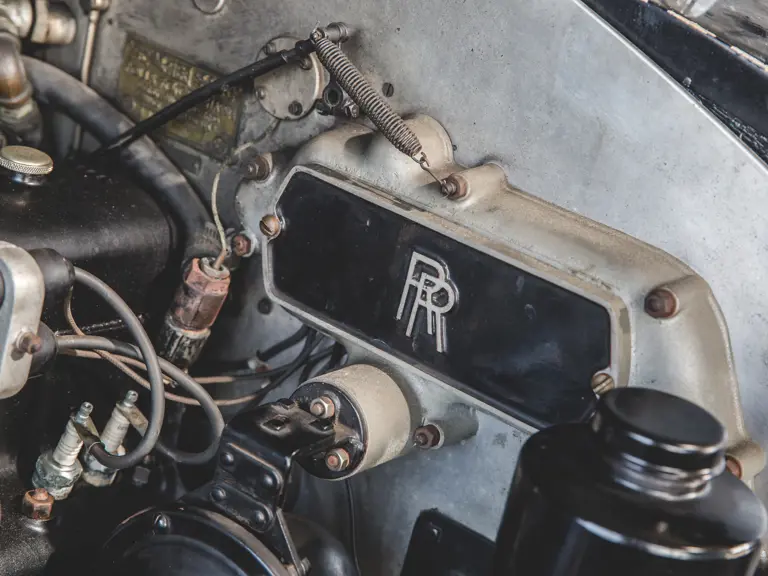
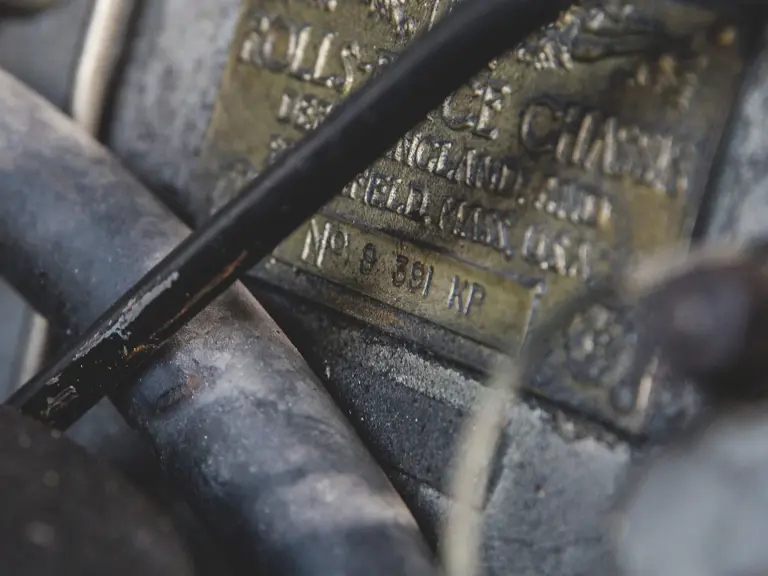
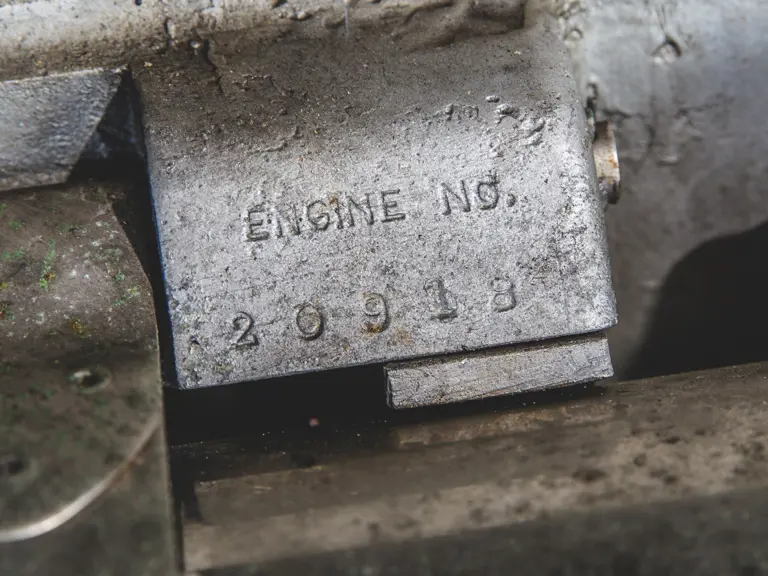

 | Auburn, Indiana
| Auburn, Indiana
